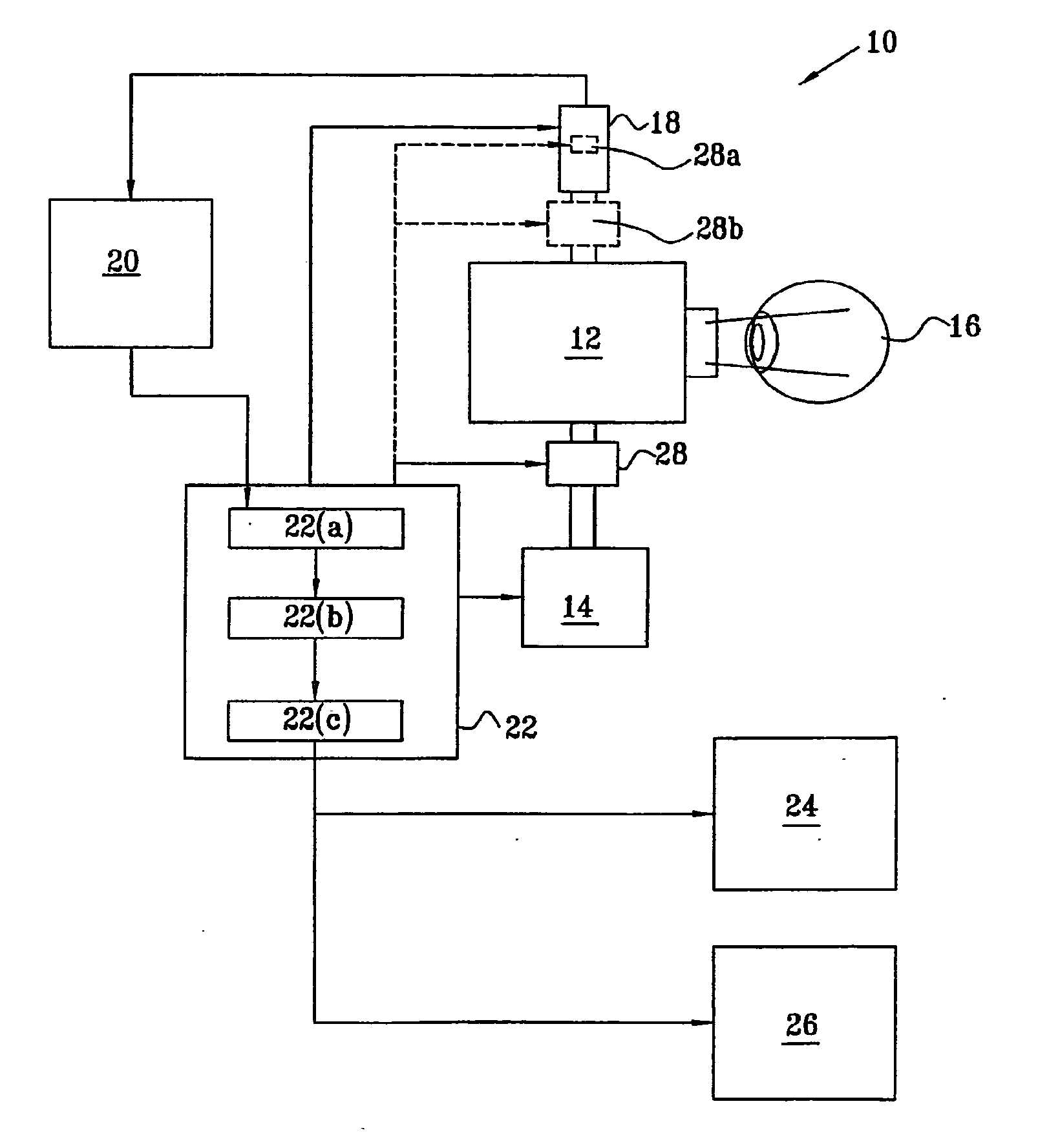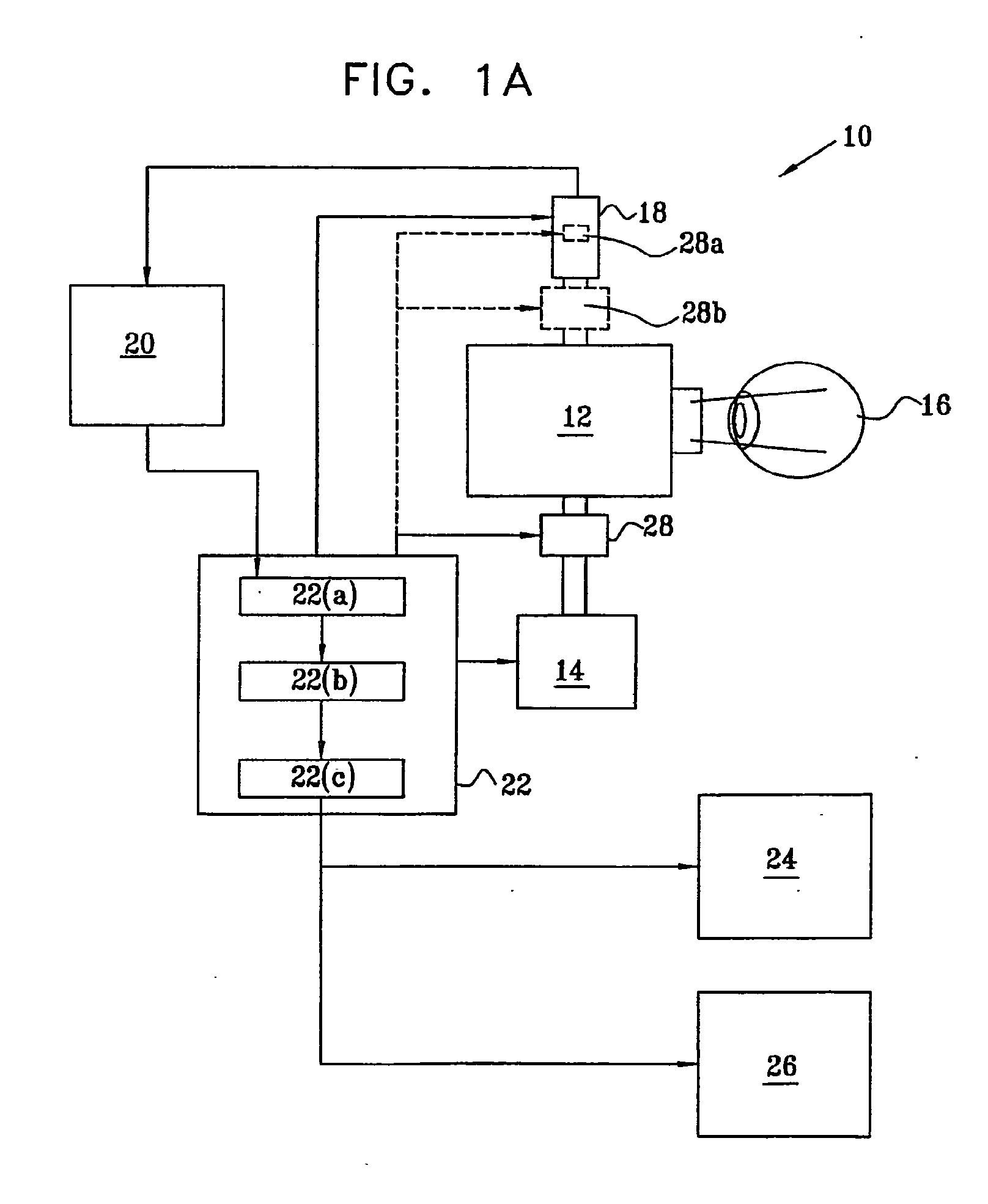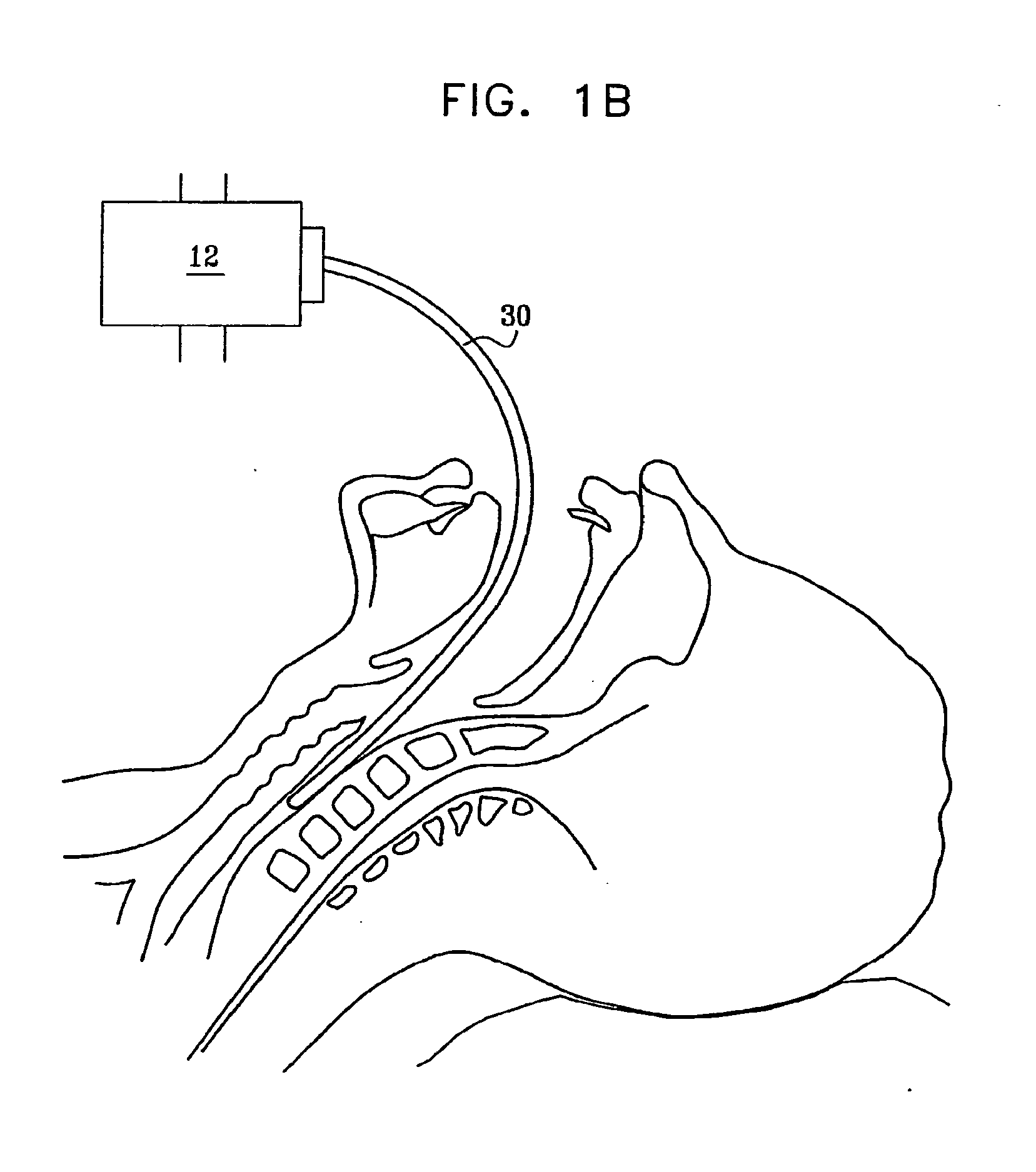Characterization of moving objects in a stationary background
a stationary background and moving object technology, applied in the field of chromophores, can solve the problems of significant irreversible damage already occurring, insufficient conventional imaging methods, and often impaired oxygen supply,
- Summary
- Abstract
- Description
- Claims
- Application Information
AI Technical Summary
Benefits of technology
Problems solved by technology
Method used
Image
Examples
Embodiment Construction
[0112] The invention will now be described in connection with certain preferred embodiments with reference to the following illustrative figures so that it may be more fully understood.
[0113] With specific reference now to the figures in detail, it is stressed that the particulars shown are by way of example and for purposes of illustrative discussion of the preferred embodiments of the present invention only, and are presented to provide what is believed to be the most useful and readily understood description of the principles, conceptual aspects and relevant details of the invention. The description, taken with the drawings, should make it apparent to those skilled in the art how the several forms of the invention may be embodied in practice.
[0114] Reference is now made to FIG. 1A which is a schematic block diagram illustrating a system, constructed and operative according to a preferred embodiment of the present invention, for determining the oxygen saturation in the blood ves...
PUM
 Login to View More
Login to View More Abstract
Description
Claims
Application Information
 Login to View More
Login to View More - R&D
- Intellectual Property
- Life Sciences
- Materials
- Tech Scout
- Unparalleled Data Quality
- Higher Quality Content
- 60% Fewer Hallucinations
Browse by: Latest US Patents, China's latest patents, Technical Efficacy Thesaurus, Application Domain, Technology Topic, Popular Technical Reports.
© 2025 PatSnap. All rights reserved.Legal|Privacy policy|Modern Slavery Act Transparency Statement|Sitemap|About US| Contact US: help@patsnap.com



